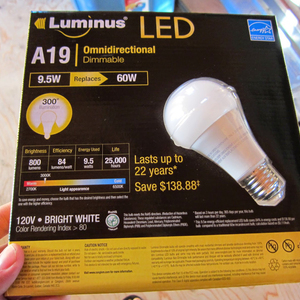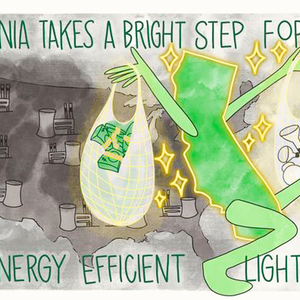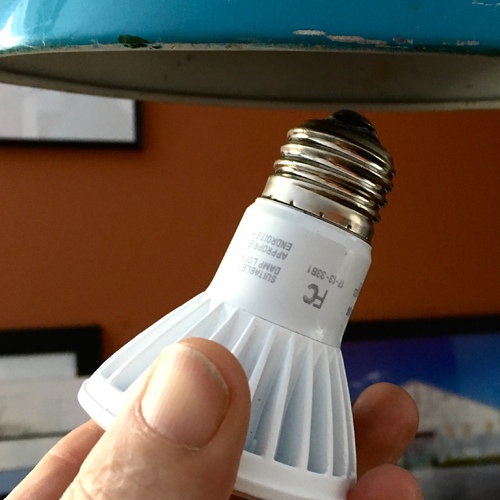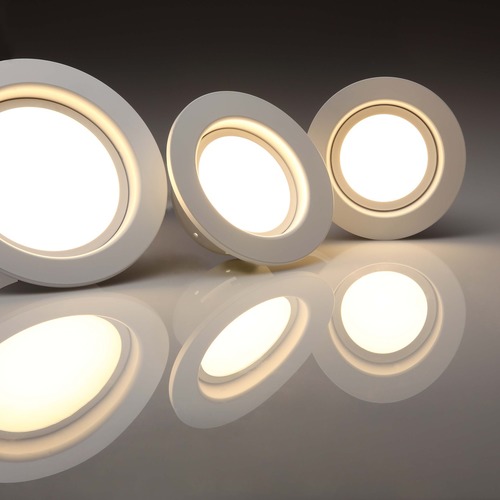
Image Credit: Canada Science and Technology Museum via / Flickr
Regulators in the U.S. and Europe are winning their war on inefficient light bulbs as halogens and incandescent bulbs are being replaced by more efficient alternatives. Globally, sales of incandescent bulbs have dropped by more than 80%, from 12 billion bulbs a year to 2 billion.
In many parts of the world, however, inefficient bulbs are still easy to find, and that’s prompted an effort by a United Nations group to help developing countries in Asia, Africa, and Latin America pass their own efficiency standards phasing out old-style bulbs, Greentech Media reports.
At a conference in Copenhagen last month, the U.N. Environment Programme, the Natural Resources Defense Council (NRDC), and Signify (formerly Philips Lighting) released Model Regulation Guidelines intended to help countries transition to more efficient general service lighting. (Industrial, office, and street lighting would be covered in future model regulations.)
Noah Horowitz, senior scientist and director of the NRDC’s Center for Energy Efficiency Standards, explained the model regulation in a blog posted at the NRDC website last month, noting that billions of inefficient bulbs are still being sold.
“While regulations that phase out future sales of these inefficient bulbs are due to go into effect throughout the European Union later this year and in the United States in 2020 (and are already in effect in California), similar policies do not exist in most developing and emerging economies,” he wrote.
In the U.S., a standard that takes effect in 2020 sets a minimum energy efficiency of 45 lumens per watt, several times more efficient than a typical incandescent bulb. Europe will ban certain halogen lamps this September.
The model regulation gives participating countries two options: one allowing only LED light sources and the second permitting both LEDs and compact fluorescents, which aren’t as efficient and also contain small amounts of mercury. Lighting represents 15% of all electricity used worldwide. Potential savings from adopting higher efficiency standards in countries that currently don’t have them would be $18 billion in electricity costs and more than 160 million tons of avoided carbon dioxide emissions annually, Horowitz said.
“Once all the lighting sockets in these countries contain LED light bulbs, the amount of electricity saved would be equivalent to Mexico’s annual electricity consumption,” he said.
More stringent efficiency requirements for light bulbs should produce results quickly, he added, because incandescents and halogen bulbs burn out quickly — within a year or two. That allows a rapid transition to less wasteful alternatives. The effort also should help developing countries “avoid being the dumping ground for energy-wasting bulbs banned in other nations,” Horowitz wrote.
He told Greentech Media that at least a dozen countries are now drafting laws or regulations based on the U.N.-backed guidelines. The United for Efficiency (U4E) project also plans to develop model regulations for refrigerators, air conditioners, and other products in the future.
Weekly Newsletter
Get building science and energy efficiency advice, plus special offers, in your inbox.















0 Comments
Log in or create an account to post a comment.
Sign up Log in